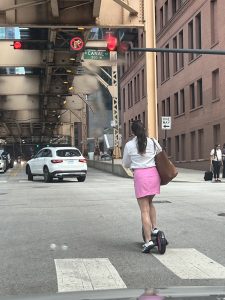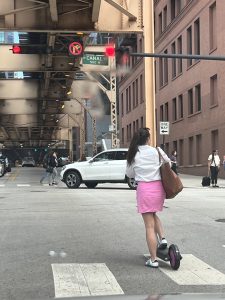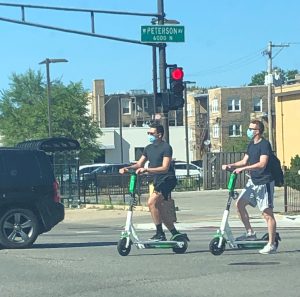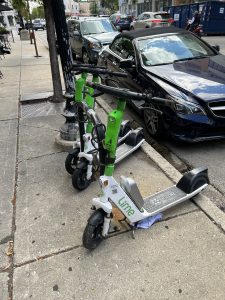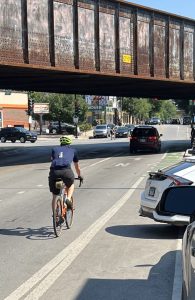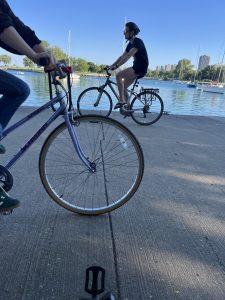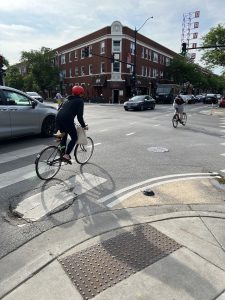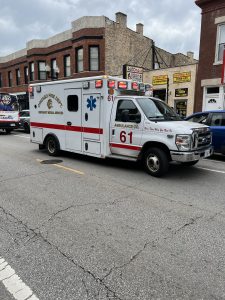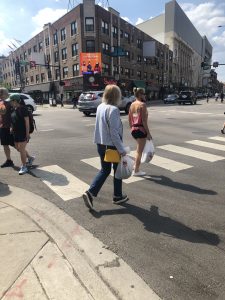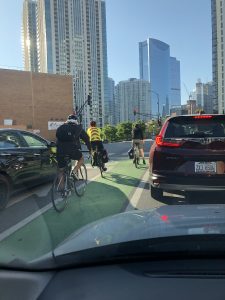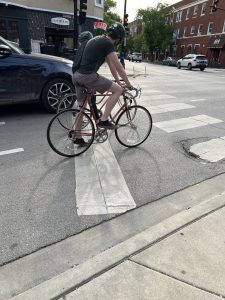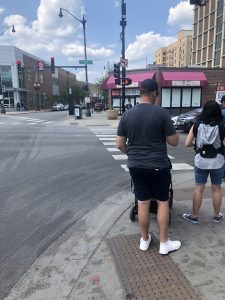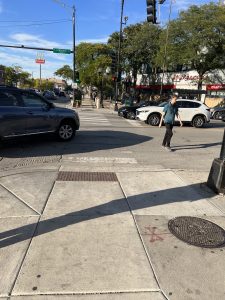Written by Peter Zneimer
The laws of physics apply to everything including vehicle crashes. When a 5,500 pound SUV or pick-up truck crashes with an automobile weighing 3,300 pounds you would expect the automobile to sustain more damage and consequently the automobile driver is more likely to be injured or killed. The car injury lawyers of Zneimer & Zneimer P.C. have observed that when smaller cars are involved in crashes with large SUVs or pick-up trucks, the smaller car will incur significantly more damage. The Economist recently did a study where it collected ten years of crash data from police reports from 14 states. Their findings were published in September 7th, 2024 in an article entitled “Dangerously heavy”. The numbers are stunning. For the heaviest vehicles, those weighing around 6,800 pounds, the drivers of these vehicles experienced 4.1 “own car deaths” per 10,000 crashes. compared with 6.6 “own car deaths” for cars weighing the average of 3,500 pounds. However, these heaviest vehicles were responsible for 37 “partner -car deaths” per 10,000 crashes. So while the drivers of the heaviest vehicles were slightly more safe, the rest of us in cars were put at substantially more risk of injury or death. The Economist observes based on this data “that for every life that the heaviest SUVs and trucks save, more than a dozen lives are lost in other vehicles.” For vehicles in the top 10% of weight, weighing at least 5,000 pounds, the death rate was 26 deaths per 10,000 crashes. The SUV or pick-up driver experienced 5.9 of these deaths per 10,000 crashes while the unlucky partner vehicle experienced 20.2 deaths per 10,000 crashes. For the next category for vehicles weighing 5,000 to 4,500 pounds the the breakdown was 5.4 SUV or pick-up driver deaths per 10,000 crashes and a death rate of 10.3 deaths per 10,000 crashes for the partner vehicle. What the statistics make clear is that weight kills. Furthermore, it is also clear that the weight of the heaviest vehicles can be reduced substantially with only minimally affecting the safety of the SUV or pick-up truck driver while saving many more lives of people driving average weight vehicles.
Given these stark statistics one would think there would be more attention focused on this safety issue. However, the injury lawyers of Zneimer and Zneimer, P.C. note that American cars are only getting heavier creating an arms race environment where American drivers need to buy heavier and heavier vehicles just to be safe from other drivers. The average new car in America now weighs 4,400 pounds while the average European car weighs 3,200 pounds and the average Japanese car weighs 2,600 pounds. One solution would be to levy a steep surcharge on the heaviest vehicles. Before such an idea can gain traction however, people need to be more aware of the dangers poised by the heaviest SUVs and pick-up trucks on the roadways.
 Chicago Accident Lawyer Blog
Chicago Accident Lawyer Blog




